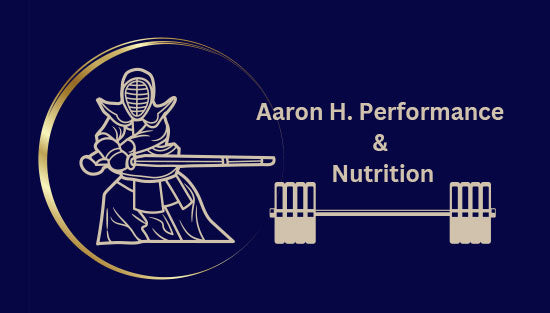Injury Prevention Basics
Aaron Hendrickson, ISSA-CSCS, CPT, RP CNC
You've just started practice for the day, or it's close to the end and you feel and hear a sudden sharp & intense pain in the back of your ankle like you've been kicked. The achilles tendon just snapped or tore.
Nobody wakes up and expects to tear a tendon or muscle today. It happens unexpectedly, but the risk can be reduced by adhering to some basic prevention principles. So what can you start doing today to make sure you stay in the action?
In no particular order…
Technique
Knowingly or unknowingly using poor technique will accumulate stress over time leading to injury.
For example, a common one is pushing off the left foot while it’s rotated outward as opposed to straight in line with your target. This also shows up in the gym by poor form used over time, rep after rep for months and years.
Listening to sensei and being diligent about using your best technique -- even if it reduces your performance or makes you get hit more often -- is a staple not only for skill acquisition but safety as well.
Hydration
Tendons and tissues don't like to be dehydrated, even by a few percentages.
Being hydrated is something that starts from the moment you wake up. Sorry, that glass of water you drank an hour before practice isn't helpful! It's quintessential that one goes INTO practice or an event in an already hydrated state.
- Well hydrated muscles are less prone to cramps and manage fatigue better.
- Proper hydration helps your body manage heat more effectively, reducing the risk of heat-related illnesses during intense training.
Strength Training (done correctly)
Strength training reduces the occurrence of injury by an average of 66%, according to studies.
This is done by progressively increasing volume and intensity over time with correct form and technique. This is the primary intervention for reducing the risk of injuries for athletes.
- Strong muscles provide better stability during quick movements and direction changes.
- A stronger body can generate and absorb force more efficiently.
Rest & Recovery
The athletes secret weapon is how seriously they approach recovery from training.
Your body needs time to repair the damage done to muscle fibers and tissues incurred from training. This is actually how you improve to come back stronger. Killing yourself in the gym, then doing kendo, then going a ruck or long run without ever taking a break, can actually cause you to lose muscle, drive central nervous fatigue sky high, and decrease your ability to acquire (learn) fine or gross motor skills.
This could be a blog post in itself, but for today if nothing else... Train hard, and recover harder.
Warm-ups
Sometimes the general warm-up at the start of class isn't enough... or even best practice.
You want to increase blood flow and spool up your breathing gradually, expanding the breathing muscles and preparing the body to deliver big dosages of oxygen. If you know you lack certain ranges of motion, take care of that before class starts and you'll transition into keiko a lot smoother. I always warm up for the class warm-up and suburi.
In summary:
- Strength Training year round
- Attention to form until correct form is automatic
- Hydrating well ahead of practice
- and being well warmed up, even more than the general one at the beginning of class...
... is a non-exhaustive list of some of the big players in injury prevention and things you can start taking a closer look at today.
In the links below, reach out to me and let me know some topics you want to hear about relating to fitness or nutrition for kendo!

